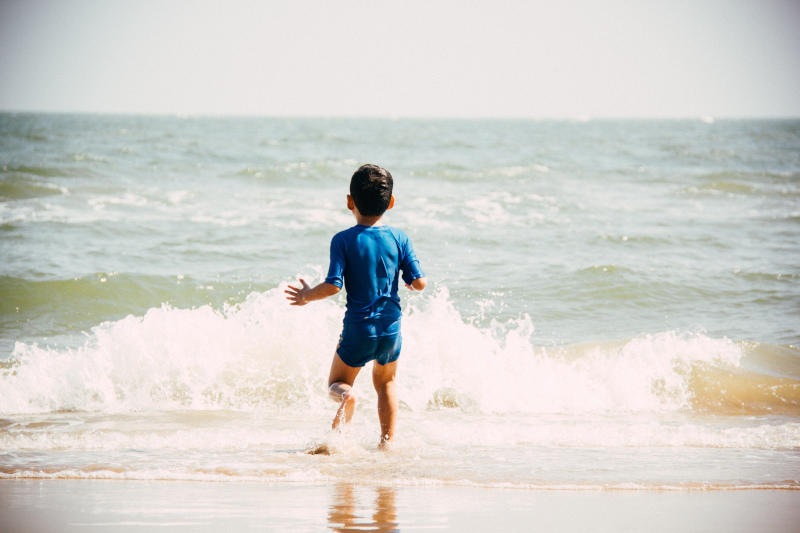Dry drowning happens when a person experiences respiratory impairment and the effects of that event. As the person attempts to gasp for life-saving breaths to stave off drowning, the risks for long-term injury rise with every minute. Being able to recognize the signs of dry drowning can help save a life when it matters most.
Once a victim has been rescued from the water, it might seem they’re out of danger, but that’s where the risk of dry drowning begins. And while it’s fairly uncommon — according to ScienceDirect, dry drowning occurs in approximately 10% of drowning cases — knowing what to do to prevent it can increase a victim’s chances of survival.
Read on to learn how to spot the signs of dry drowning and what to do to prevent it from happening.
5 Signs of Dry Drowning
While dry drowning isn’t a specific medically defined event, there are many common symptoms to be aware of, especially if someone has had a near-drowning experience. Here are five signs of dry drowning to look for:
- Shortness of breath or struggling to breathe can be seen through labored breaths where the chest and stomach don’t rise together but instead move in opposite directions — like a see-saw. Also, the area below the throat and above the collar bones may be pulled into the neck, indicating respiratory distress.
- Heavy, persistent coughing may be a sign the body is trying, but struggling, to expel liquid that may have made its way into the lungs and caused irritation of the alveoli.
- Loss of consciousness or change in skin color can be a clear indicator of a lack of oxygen due to extended respiratory distress.
- Changes in behavior or mood is one of the lesser-known signs of dry drowning but can be indicative of a change in oxygen levels that affect speech or impact a person’s mental clarity.
- Vomiting is another clear sign that water has entered the body and is being attempted to be expelled. In certain cases, inflammation of the lungs may also cause foaming at the mouth, often mistaken for vomiting.
When a person experiences respiratory impairment in a drowning event, his or her larynx may spasm, closing off the airway and preventing water — and oxygen — from entering the lungs. If this occurs, the person should be seen by medical professionals as soon as possible to avoid further complications and receive medical care.
How to Prevent Dry Drowning
As important as it is to know the signs of dry drowning, it’s always best to be proactive. Here are three meaningful steps you can take to reduce the risk factors that contribute to most drowning cases:
- Learn to swim or float. Learning basic water navigation skills like swimming or floating can help to avoid near-drowning events, which subsequently reduces the risk of dry drowning.
- Supervise children around water. According to the CDC, drowning is the highest cause of death of children under four years old and is the second leading cause of accidental death in children between five and 14. Children should always have a responsible adult around to keep a watchful eye.

- Discuss water safety rules. Recognizing that no parent can be around their child 24/7, it’s important to teach a healthy respect for water safety rules as children grow up. This includes household water risks such as bathtubs, toilets, and pools.
Being able to recognize the signs of dry drowning can prevent additional distress and help save a life in an emergency. While prevention is an ideal primary plan, it’s important to know when additional medical assistance is needed. Effective CPR training can teach you how to prepare for an emergency and give you the confidence to step in to help save a life.
Contact us today to learn more about how ProTrainings can help you make getting CPR certified easier and more efficient.
